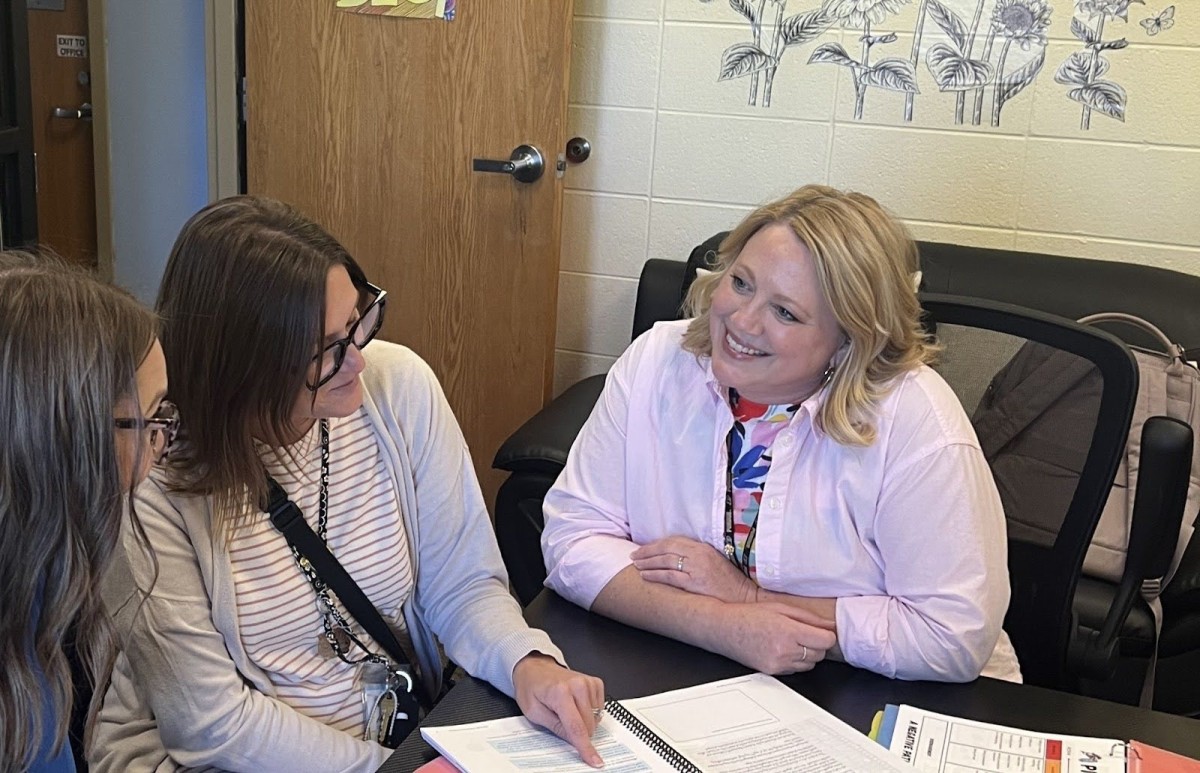Building Leadership Structures That Prepare School Systems for Change
October 15, 2025

Leadership transitions come with challenges, and for schools, this can mean disruption in routines and practices. But for Perry Township Schools in Indiana, its partnership with the National Institute for Excellence in Teaching has helped build consistent practices for leadership teams across buildings. This continuity enables principals like Lora Hansell at Mary Bryan Elementary to turn their leadership transitions into stories of success. An experienced principal but new to the school, Hansell credits consistent, districtwide strategies and structures with making her leadership shift more effective and allowing her to support her teachers from day one.
Hansell’s experience represents a larger and powerful system at work within Perry Township Schools that tackles the challenges that come when transitioning leadership roles. Rather than struggling to fill the position when a leader moves up to a new role, there is someone well prepared to step into the role who is already familiar with students, families, and other members of the school team. Investing in building the leadership skills of educators equips them to move through the pipeline and bring their instructional strengths with them. This preparation and structure enabled Hansell to enter her new position already equipped with a blueprint for success.
"When we invest in consistent, high-quality leadership structures and principal support, we’re not just setting principals up for success – we’re ensuring that every student experiences consistently strong instruction across our schools," said Perry Township Schools Superintendent Dr. Patrick Spray.
Throughout Hansell’s leadership journey in Perry Township Schools, from assistant principal to principal and now a leader in a new building, the districtwide best practices and structures for instructional leadership guide her. These include the use of a research-based instructional rubric, weekly high-quality collaborative learning for teachers, and a distributed leadership team that includes teacher leaders.
At Mary Bryan, these research-based strategies helped Hansell quickly connect to the pulse of her new school and guide it forward based on student needs.
Great instruction is the foundation for a strong school culture, and a major focus for Hansell as she entered the role and sought to foster connections. She leaned into the Instructional Leadership Team structure to set a clear and consistent vision and goals for the school year before it began. She and her leadership team met during the summer, listening to Master and Mentor teachers, analyzing school needs, and mapping out steps to set the school up for an effective leadership transition.
“We’ve focused on uniting as a building to increase our school pride and build our school culture,” Hansell said.
Her staff are already celebrating the results of the clear vision and shared language Hansell has brought to the building - momentum that is expected to build over the year.
“I now have a clear set of standards that help me as a classroom teacher provide a successful learning environment for everyone,” said 5th Grade Teacher Amanda Colbert about Hansell’s investment in leadership team planning and support over the summer.
Looking ahead, Hansell is excited to continue to solidify the school culture around strong instructional practices and communication, and instill confidence and pride in teachers and students.
“Change in leadership can be hard, but the Instructional Leadership Team structure allowed me to gain insight into building practices so that I could be more responsive and prioritize staff needs,” said Hansell. “I can't imagine leading in a district without strong structures to support its principals. The NIET framework we’ve embraced in Perry Township has been an incredible force, empowering me to be a strong instructional leader.”
For Hansell, the strategies she uses aren’t just tools - they offer a foundation for new or veteran principals to unite staff, build culture, and deepen instructional excellence across the building.